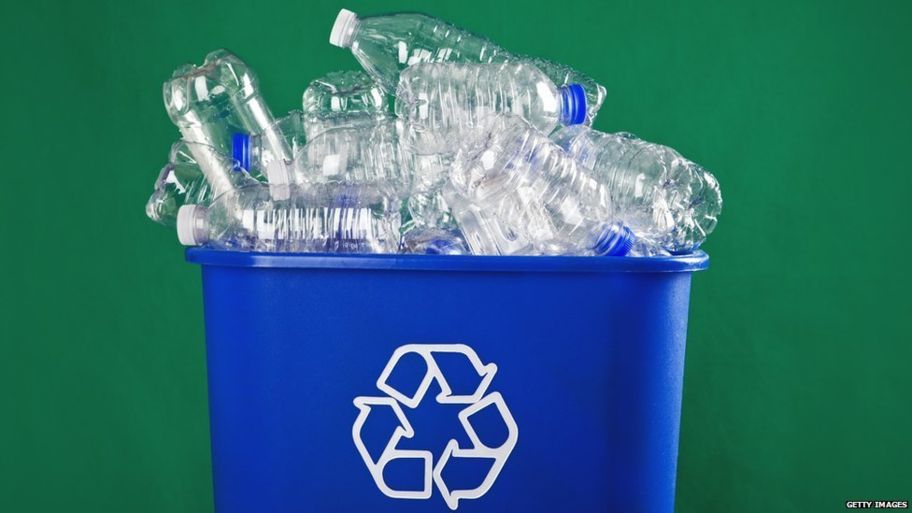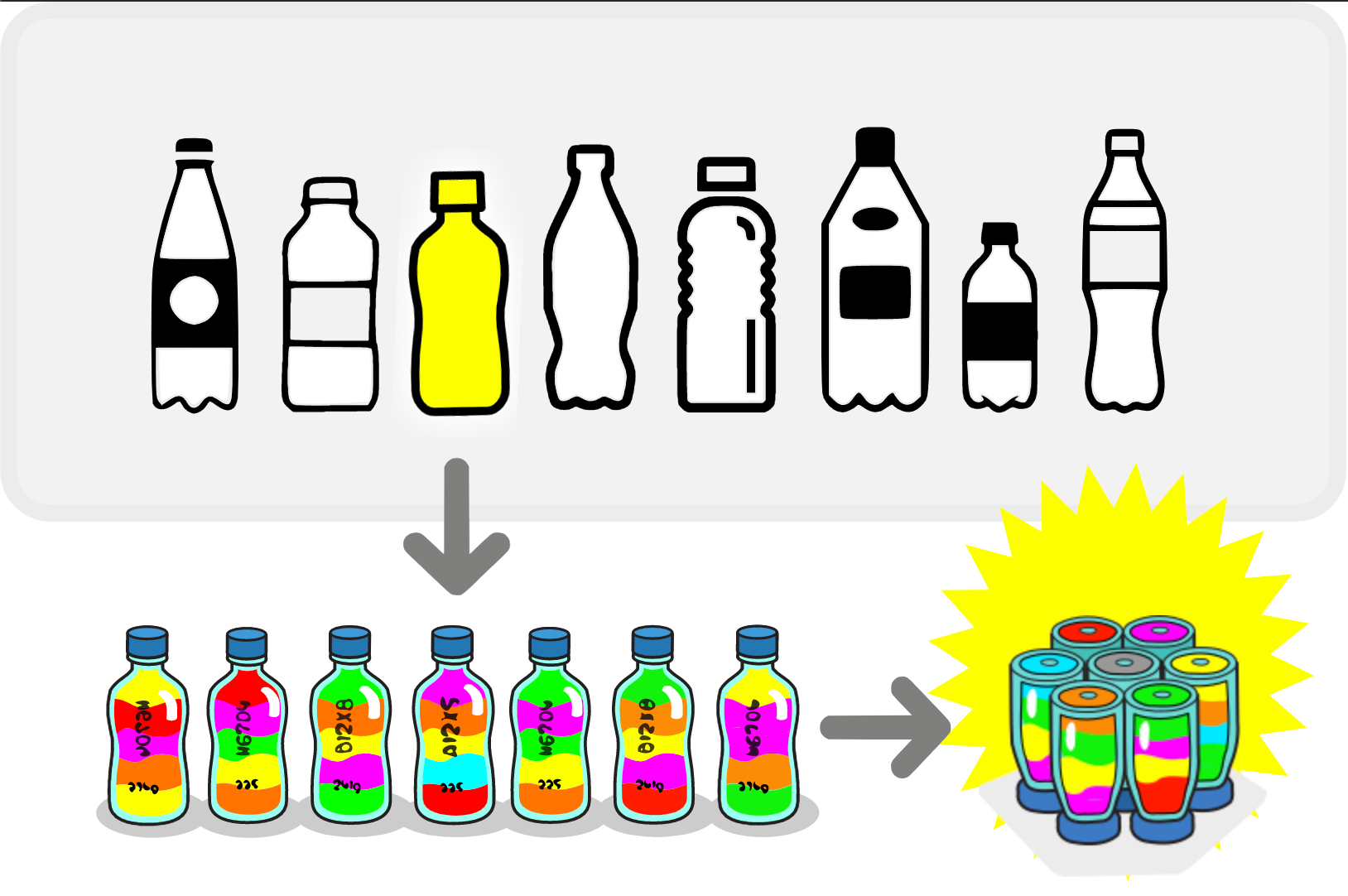
The problem of plastic is huge all around the world – there is an estimate of 8.3 billion tonnes of plastic that we do not know what to do with. Every single plastic ever made till now still exists on our planet as plastic takes thousands of years to break down. Plastics don’t biodegrade instead they break down into microplastics, which are very tiny pieces of plastics that are still harmful to aquatic organisms and all other life forms. These microplastics have been found in humans too.
Now innovative ideas are being adopted to tackle non-biodegradable waste. In some countries; homes, tables, stools have been made out of landfill trash and using plastic roads have been paved. It might not be enough since we still have a long way to go when it comes to plastic but by refusing, reusing and recycling plastic and by making buildings and roads using it we might be able to keep plastics out of our water bodies, natural habitats and landfills.
What is Bottle – Bricking

According to Earth Bench,’ bottle bricks are plastic bottles stuffed with inorganic landfill trash (plastic bags, wrappers, etc) until they become compressed like bricks’.
Plastic bottles are filled with compressed inorganic matter till they take on the appearance and even act like bricks. These plastic bricks are durable and can be even used for building structures.
Bottle bricking is a process to make bottles like bricks which can be used as building supplies to make benches, houses and other structures.
Origin of Bottle Bricks

The idea of bottle bricking has a very humble origin. It is a solution to help our environment in so many ways.
Bottle bricking started in 2003 in impoverished countries like India and Central America according to BBC News. Since bottle bricks are made out of trash so anyone can afford them or even make them by themselves.
In some places like Nigeria, bottle bricking technology also uses sand; here the plastic bottles are filled with sand and then compressed. Yahaya Ahmed of NDARE (Nigeria’s Development Association for renewable energies) told BBC News that in comparison to what concrete and brick houses cost , bottle bricked houses cost one-third of it.
How To Make Bottle Brick

To make a bottle brick you will need a plastic soda bottle or an energy drinking bottle. Avoid using plastic water bottles as they are too flimsy to be a bottle brick. You wouldn’t want your bottle brick to smell so avoid putting any organic matter inside the bottle to be used as brick. Instead collect inorganic materials like plastic bags, straws, bags of chips, etc.
The plastic bottle should be cleaned and dried before using. Then stuff the bottle with inorganic items you’ve collected. Use a strong stick to press the materials inside the bottle otherwise the bottle brick will not be sturdy enough to hold up any kind of structure. If the materials are large cut it into small pieces before adding it to the bottle brick. Once the trash is compact add more to it and repeat the process till the bottle gets full. Once the bottle is completely stuffed put the cap on it tightly. Repeat this process till you have enough bottle bricks to complete your structure.

